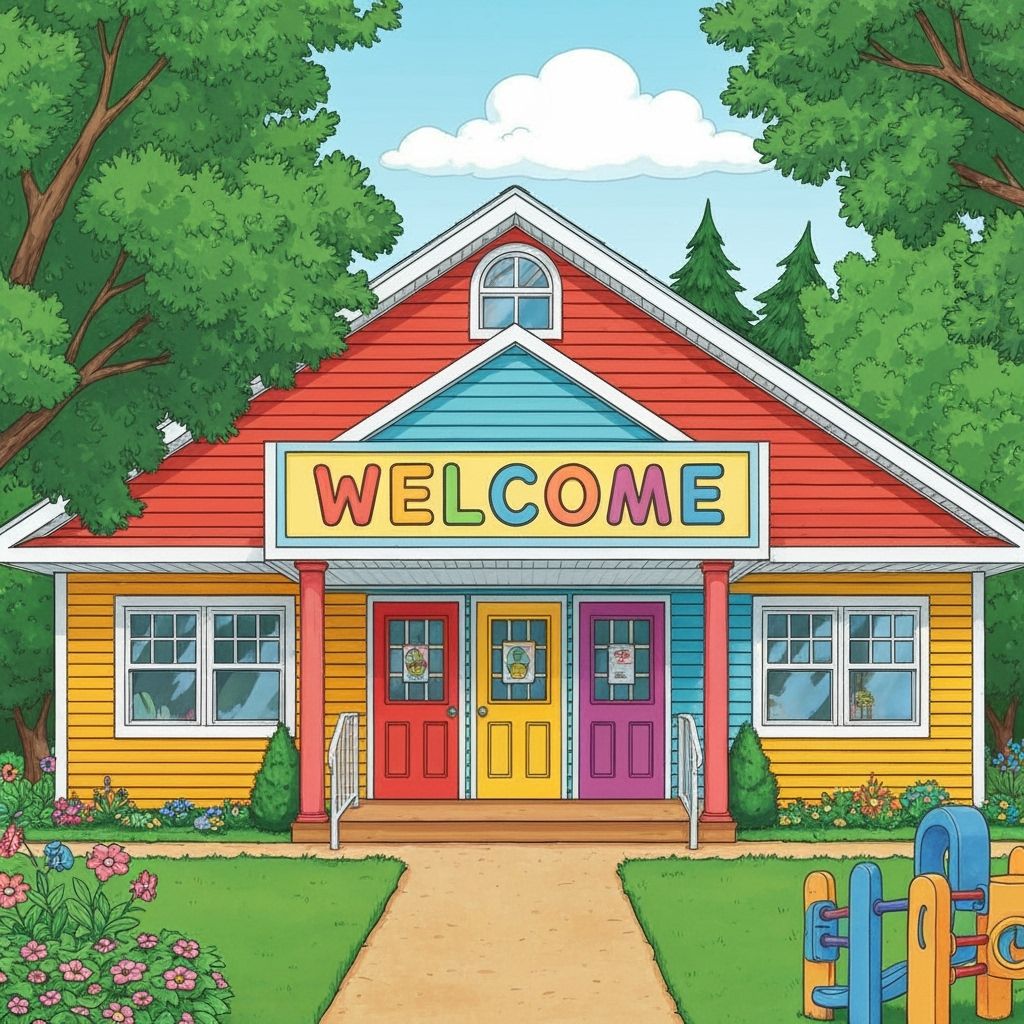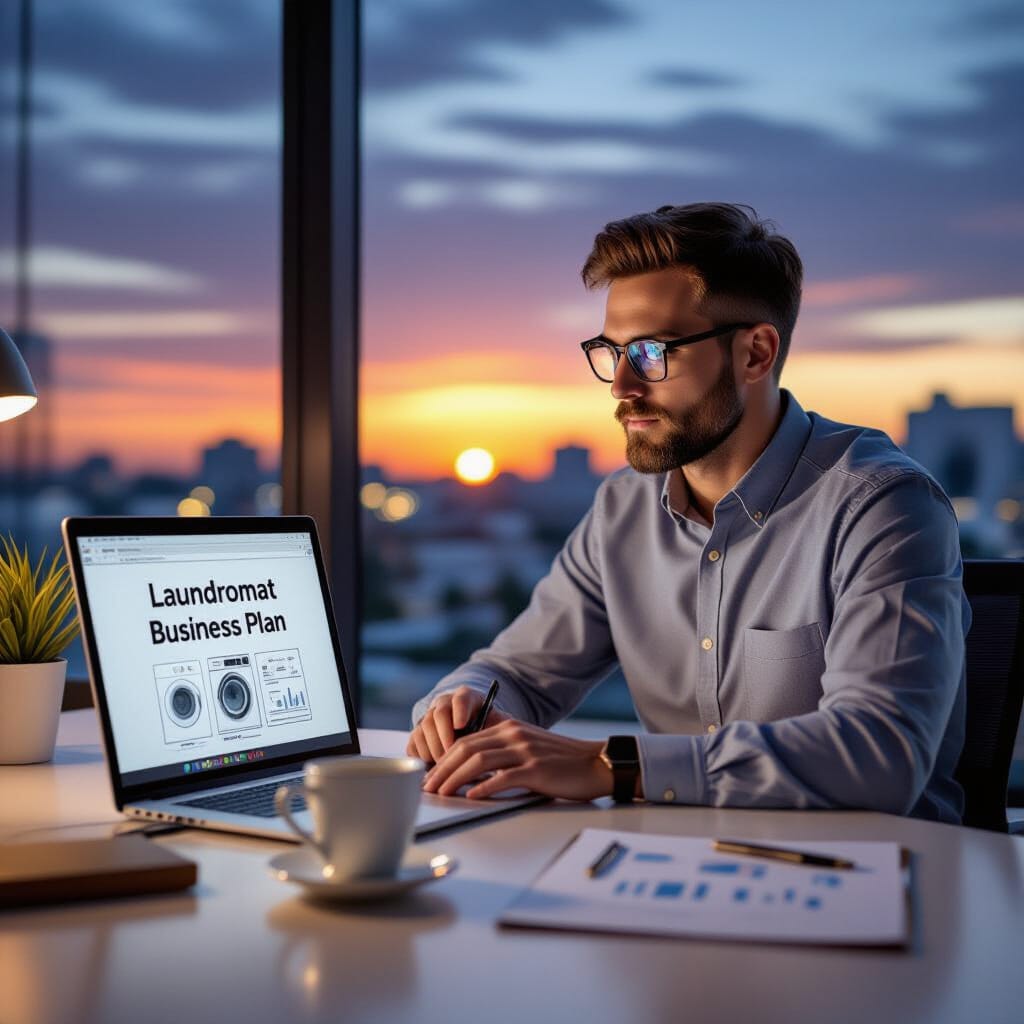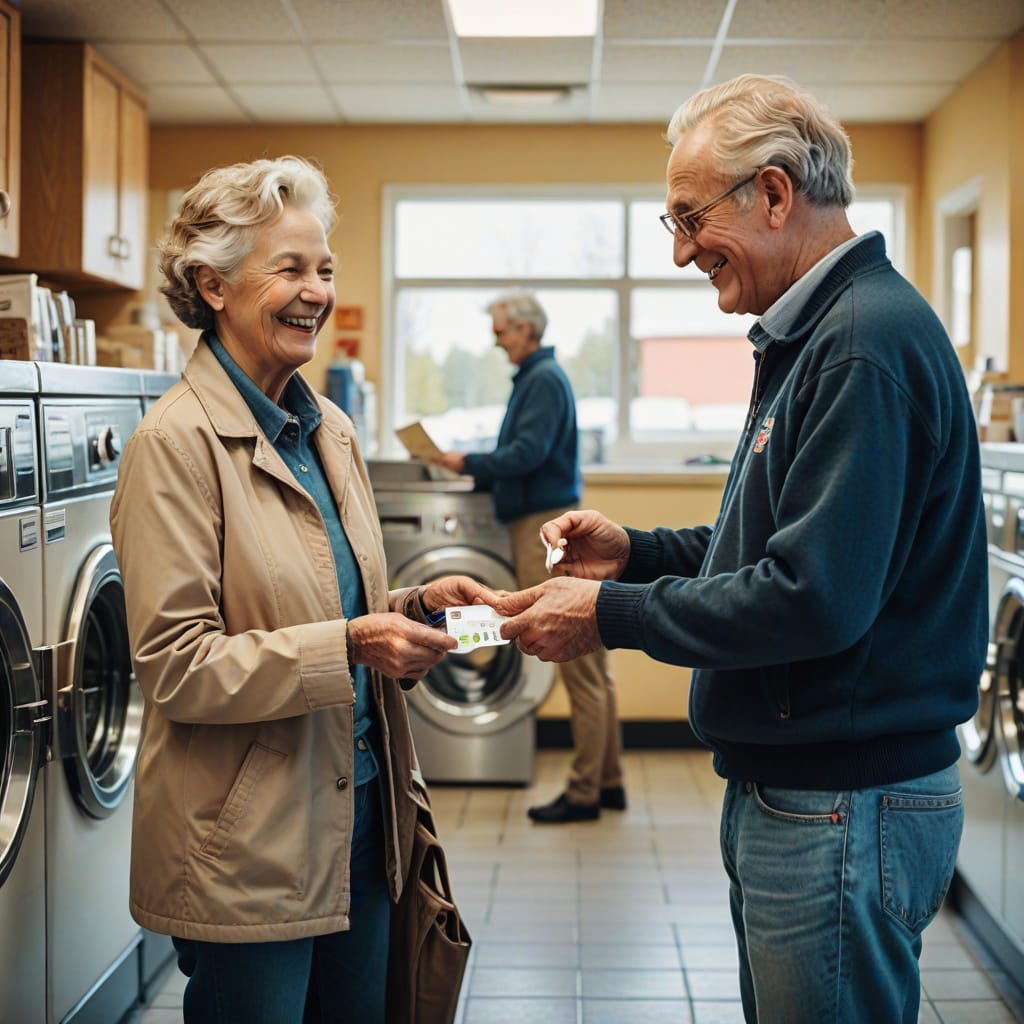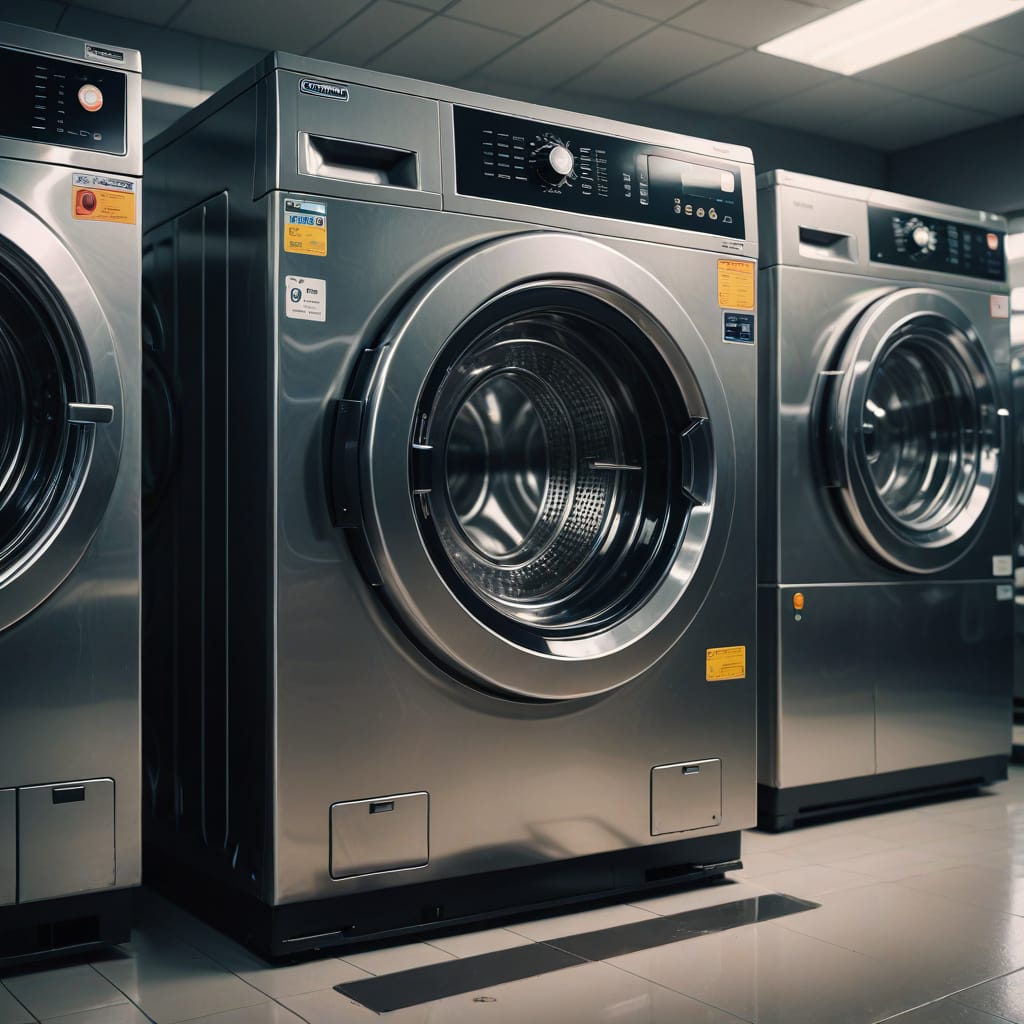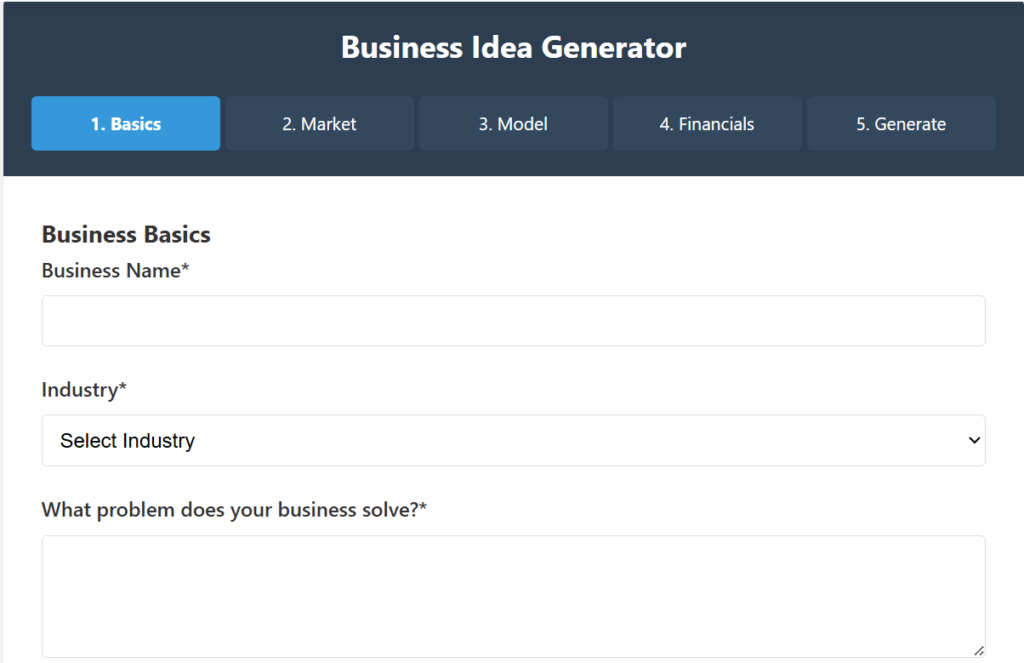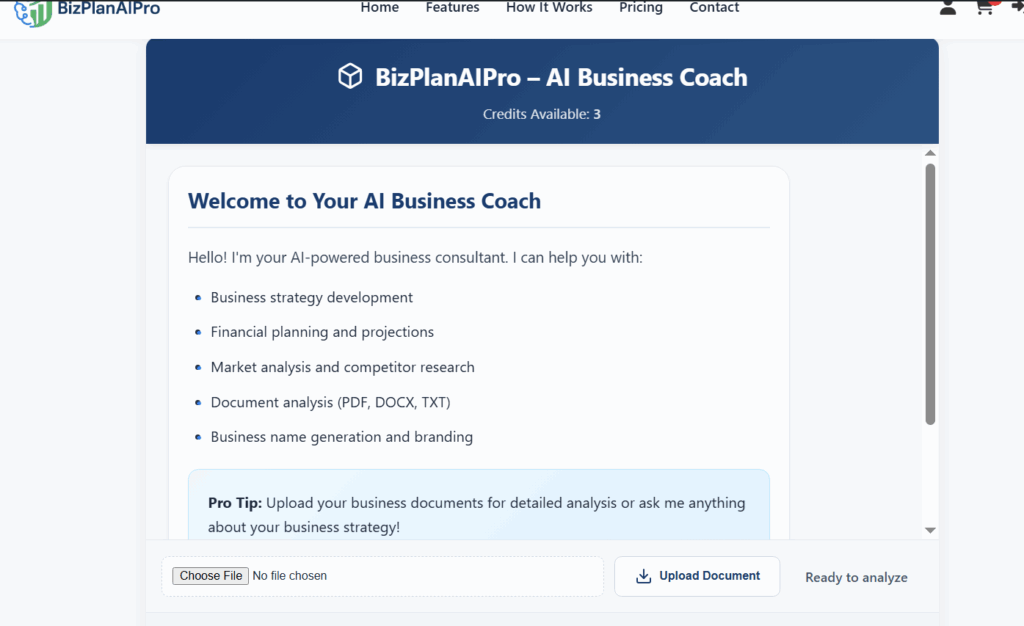The landscape of business planning has undergone a dramatic transformation in recent years, with artificial intelligence emerging as a powerful alternative to conventional planning approaches. As organizations worldwide grapple with increasing market volatility, data complexity, and competitive pressures, the choice between AI-powered planning tools and traditional methods has become a critical strategic decision. This comprehensive analysis explores both approaches, examining their strengths, limitations, and optimal use cases to help business leaders make informed decisions about their planning infrastructure.
Understanding Traditional Business Planning Methods
Traditional business planning has served as the backbone of corporate strategy for decades, relying on established frameworks and human expertise to guide organizational decision-making.
Core Components of Traditional Planning
Traditional business planning typically involves several key elements that have proven effective across various industries and company sizes. These methods emphasize human judgment, historical data analysis, and structured approaches to forecasting and strategy development.
The foundation of conventional planning rests on comprehensive market research conducted through surveys, focus groups, and industry reports. Financial modeling uses historical performance data and expert assumptions to project future outcomes, while SWOT analysis systematically evaluates strengths, weaknesses, opportunities, and threats facing the organization.
Strengths of Traditional Approaches
Traditional planning methods offer several distinct advantages that continue to make them relevant in today’s business environment. The human element in traditional planning brings invaluable contextual understanding and intuitive insights that pure data analysis might miss.
Key benefits include:
- Proven track record – Decades of successful implementation across industries demonstrate reliability and effectiveness
- Human insight integration – Incorporates qualitative factors like company culture, market sentiment, and industry relationships
- Stakeholder engagement – Face-to-face planning sessions build consensus and organizational buy-in
- Regulatory compliance – Established methods align well with audit requirements and industry standards
- Cost predictability – Well-understood resource requirements and implementation costs
Limitations of Traditional Methods
Despite their proven value, traditional planning approaches face significant challenges in today’s fast-paced business environment. The time-intensive nature of conventional planning often results in outdated assumptions by the time plans are finalized and implemented.
Manual data processing introduces higher error rates and limits the scope of analysis possible within reasonable timeframes. Additionally, traditional methods struggle with complex, multi-variable scenarios that require simultaneous consideration of numerous interconnected factors.
The Rise of AI-Powered Business Planning
Artificial intelligence has revolutionized business planning by introducing unprecedented analytical capabilities and automation that can process vast amounts of data in real-time.
AI-powered planning systems leverage machine learning algorithms, predictive analytics, and natural language processing to automate and enhance traditional planning activities. These systems can analyze market trends, customer behavior patterns, and competitive dynamics simultaneously while continuously updating projections based on new data inputs.
Modern AI planning tools integrate diverse data sources including social media sentiment, economic indicators, weather patterns, and supply chain metrics to create comprehensive, dynamic business models that adapt to changing conditions in real-time.
Advantages of AI-Driven Planning
The integration of artificial intelligence into business planning delivers transformative benefits that address many limitations of traditional approaches.
Primary advantages include:
- Real-time analysis – Continuous data processing enables immediate plan adjustments based on market changes
- Enhanced accuracy – Machine learning algorithms identify patterns and correlations humans might overlook
- Scalability – AI systems handle massive datasets and complex calculations without proportional resource increases
- Predictive capabilities – Advanced algorithms forecast trends and potential disruptions with greater precision
- Bias reduction – Data-driven decisions minimize subjective biases that can skew traditional planning
- Cost efficiency – Automation reduces manual labor requirements and accelerates planning cycles
Current Limitations of AI Planning
While AI offers substantial advantages, current technology still faces important constraints that organizations must consider. AI systems require high-quality, comprehensive datasets to function effectively, and poor data quality can lead to flawed recommendations and strategic missteps.
The “black box” nature of some AI algorithms makes it difficult for managers to understand how specific recommendations were generated, potentially creating trust and accountability issues. Additionally, AI systems may struggle with unprecedented scenarios or market conditions that fall outside their training data parameters.
Comparative Analysis: AI vs Traditional Methods
Understanding the relative strengths and weaknesses of each approach helps organizations determine the most appropriate planning methodology for their specific circumstances.
Speed and Efficiency Comparison
AI-powered planning systems deliver significant advantages in processing speed and operational efficiency. Where traditional planning might require weeks or months to complete comprehensive market analysis and scenario modeling, AI systems can generate initial insights within hours or days.
Traditional methods, however, often prove more efficient for organizations with limited data infrastructure or those operating in stable, well-understood markets where rapid analysis provides minimal additional value.
Accuracy and Reliability Factors
The accuracy comparison between AI and traditional methods depends heavily on data quality, market conditions, and implementation expertise. AI systems excel in identifying subtle patterns and correlations within large datasets, often revealing insights that human analysts might miss.
Traditional methods leverage human expertise and contextual understanding that can be particularly valuable in unprecedented situations or when dealing with qualitative factors that resist quantification.
Cost Considerations
Initial implementation costs for AI planning systems typically exceed traditional method setup expenses due to technology infrastructure, data integration, and staff training requirements. However, ongoing operational costs often favor AI systems due to automation and reduced manual labor needs.
Traditional methods generally require lower upfront investments but may incur higher long-term costs through increased staffing requirements and slower adaptation to market changes.
Flexibility and Adaptability
AI systems demonstrate superior adaptability in dynamic market conditions, continuously updating analyses and recommendations as new data becomes available. This real-time responsiveness proves particularly valuable in volatile industries or during periods of rapid change.
Traditional methods offer different types of flexibility, particularly in incorporating qualitative insights and adjusting for unique organizational circumstances that may not be captured in quantitative data.
Integration Strategies: Combining Both Approaches
Forward-thinking organizations increasingly recognize that the optimal solution involves strategic integration of AI capabilities with traditional planning wisdom rather than wholesale replacement of existing methods.
Hybrid Planning Models
Successful hybrid approaches typically use AI for data processing, pattern recognition, and initial scenario generation while maintaining human oversight for strategic interpretation, stakeholder communication, and final decision-making.
This combination leverages AI’s analytical power while preserving the contextual understanding and relationship management capabilities that human planners provide.
Best Practices for Implementation
Organizations implementing hybrid planning models should start with pilot programs in specific business units or planning functions to test integration approaches and build internal capabilities. Clear governance frameworks help define when AI recommendations should be accepted, modified, or overridden by human judgment.
Change management becomes critical, as successful implementation requires training staff to work effectively with AI tools while maintaining confidence in their strategic value and decision-making authority.
Future Outlook and Recommendations
The evolution of business planning will likely continue favoring integrated approaches that combine AI efficiency with human insight and judgment.
Emerging Trends
Advances in explainable AI will address current transparency limitations, making AI recommendations more understandable and trustworthy for business leaders. Natural language processing improvements will enable more intuitive interactions between planners and AI systems.
Integration with Internet of Things devices and real-time data streams will further enhance AI planning capabilities, while improved change management tools will help organizations adapt more effectively to AI-driven insights.
Strategic Recommendations
Organizations should evaluate their planning needs, data infrastructure, and change readiness before determining optimal AI integration levels. Companies in data-rich, rapidly changing environments typically benefit most from AI implementation, while those in stable industries might prioritize traditional methods with selective AI augmentation.
Regardless of approach, successful organizations will invest in developing data literacy and AI understanding among their planning teams while maintaining strong human oversight and strategic thinking capabilities.
Conclusion
The choice between AI and traditional business planning methods is not binary but rather a strategic decision about optimal integration approaches. Traditional methods continue to provide valuable human insight, stakeholder engagement, and contextual understanding that remain essential for effective business planning.
AI brings unprecedented analytical capabilities, real-time adaptability, and efficiency improvements that can significantly enhance planning effectiveness when properly implemented. The most successful organizations will be those that thoughtfully combine both approaches, leveraging AI’s analytical power while maintaining human strategic oversight and relationship management capabilities.
As AI technology continues to evolve and mature, the integration opportunities will expand, but the fundamental need for human judgment, creativity, and stakeholder engagement in business planning will persist. Organizations that invest in developing both technological capabilities and human expertise will be best positioned to navigate an increasingly complex and dynamic business environment.


